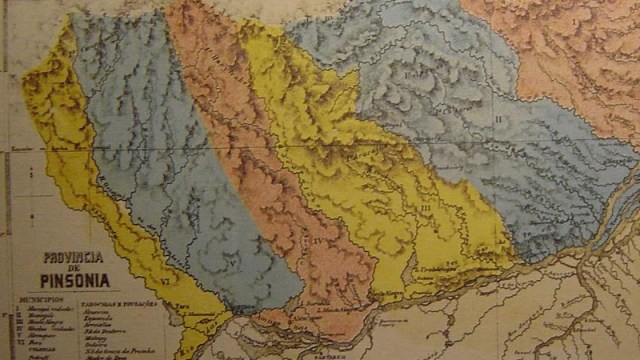153 – A Subway Map of Web Trends 2.0
Intangible and invisible, but omnipresent: that combination of qualities used to describe only God (or the sense of dread left by His absence). Now it also applies to cyberspace. Any attempt to map the internet is bound to fall frustratingly short of its true complexity, or to be so complex as to be illegible.
This map, suggested to me by Jezza Robinson, strikes a good balance between the web’s tentacularity and its interconnectedness, by cleverly using the conceit of a subway map. The map is a modification of thisTokyo subway map.
This is actually the second such map produced by Information Architects (here; their Web Trend Map 1.0 is here). As they themselves define it, this map shows “the 200 most successful websites on the web, ordered by category, proximity, success, popularity and perspective.”
The map shows 15 distinct lines, organising the top websites into categories sucs as News, Sharing, Main Sites, Music, Political Blogs, Chinese Line, etc. Obviously, there is overlap. That’s where the Junctions come in: YouTube, for example, is on the Main Sites line, but also on the Movies and Knowhow lines. WordPress sits astride the Social News, Design and Technology lines.
An interesting innovation is a 6 month weather forecast for some of the stations (as the weather’s generally rather stable in a genuine subway), indicating their chances in an ever changing cyberspace. Google’s future is ‘unreal’, Xing’s is ‘insecure’, the Washington Post’s is ‘changing’, MSN is headed for ‘storm’. Whether the wheather may be wet or fine, is tied in with their being web sites of generation 1.0 or 2.0. A few stations are classified more specifically as 0.5, 1.5, 2.5.
For insiders, i.e. people familiar with the original Tokyo subway map, there are some jokes about the exact locations of some of these stations: YouTube hase moved into Shibuya station, “a humming place for young people”, pushing Google to Shinjuku, “a suspicious, messy, Yakuza-controlled (station), but still a pretty cool place to hang out.”
“If you’re a geek like us, you might just want to download the A3-PDF, print it out and hang it on the wall. So you can stare at it all day long.” Which is exactly what strange maps are there for, but… Information Architects also provides a clickable online map one can use as “a starting point on your daily data hunt.” Which is rather cool. An updated map is due for December 2007.




